Learn
The New England Colonies
Religious Freedom
Religious freedom encouraged citizens from England to colonize in North America. The Protestant Reformation and England's divorce from the Roman Catholic Church left many English Protestants wanting more reform in the new Church of England.

Plymouth and the Pilgrims
Settled in the Massachusetts area in 1620, Plymouth was the second permanent English settlement in America.
The founders of Plymouth were the Pilgrims, a group of separatists who decided to make a new home in North America due to persecution for their puritan beliefs.
Plymouth was the site of the first Thanksgiving. Led by Squanto, Native Americans taught the colonists to fish and farm. Plymouth's economy was based on fur trading, fishing, and lumber production.

Massachusetts Bay Colony
The Massachusetts Bay Colony was settled by a non-separatist group known as Puritans, religious people wishing to "purify" or change the Anglican Church in 1629. John Winthrop was governor of the colony. He is famous for his sermon "A Model of Christian Charity" and believed their venture was divinely inspired.
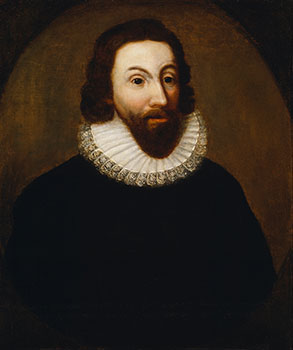
The Puritans believed they were creating a "city upon a hill" – a new, pure society to serve the will of God. Thousands of people had flooded the area by 1643 in a movement known as the Great Migration.
The colony established mills for grain and lumber, and they developed the fishing industry. They also developed local timber for shipbuilding and their harbors to promote trade.
Colonial Massachusetts is, perhaps, best known for the Salem Witch Trials, which included a series of trials and punishments for people accused of witchcraft. Today, it is hard to comprehend how accusations by a few could lead to hysteria and inspire such horrible actions by a community. Twenty victims were accused of being witches and hanged.

Other Puritan Colonies
Connecticut: Puritan minister Thomas Hooker led a group of settlers from Massachusetts in 1636 to establish a Puritan settlement and fur trade route in Connecticut.
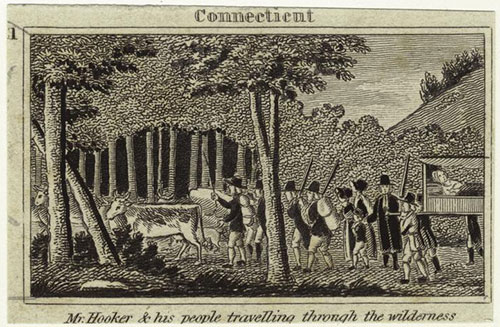
In 1623, New Hampshire was started by Puritans from Massachusetts and England in order to profit from trade and fishing.
Rhode Island was started in 1636 by Roger Williams, a separatist minister banished from Massachusetts. This colony was unique because it guaranteed religious tolerance to all settlers. For example, Anne Hutchinson was banished from Massachusetts after challenging Puritan laws but she was able to settle in Rhode Island.

Middle Colonies
The Middle Colonies were proprietary colonies granted by a king or queen to an individual or a group who had full governing rights.
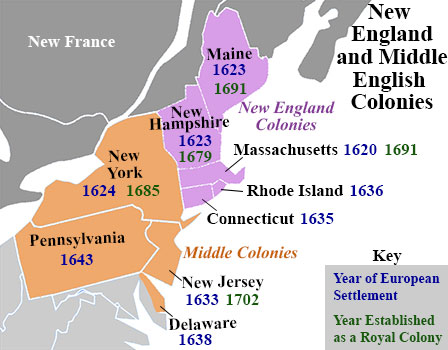
New York
New York was settled by the Dutch (from Holland or the Netherlands) in 1621 to develop trade. It was originally called New Amsterdam.
In 1644, King Charles II of England decided the area belonged to his brother, the Duke of York. At this point, New Amsterdam was taken over by the English and renamed New York.
New Jersey and Delaware
New Jersey was settled in 1664 when the Duke of York signed it over to two English noblemen to be utilized for trading and farming.
Delaware was settled in 1638 by the Swedish. The Dutch later captured it from the Swedes, only to have it taken by the Duke of York for England in 1682.
Pennsylvania
William Penn started Pennsylvania as a "Holy Experiment" to practice religious tolerance in 1681. The settlers were Quakers, a Protestant group that suffered persecution in England.

They believed all people should be treated as equals by the church, government, and society. Pennsylvania became a haven, or safe place, for people of every faith.
Also, they made agreements with the Native Americans about land use.

Southern Colonies
Like the Middle Colonies, the Southern Colonies were also proprietary colonies granted by a king or queen to an individual or a group who had full governing rights.
All of the Southern Colonies were proprietaries except Virginia. (Remember: Jamestown, settled in 1607, was in Virginia.)

Let's learn about each of the Southern Colonies, except Virginia, which we've learned about in a previous lesson.
Maryland
George Calvert, the 1st Lord Baltimore, started Maryland in 1632 as a safe haven for Roman Catholics who were being persecuted in England. His son took over when Calvert died.
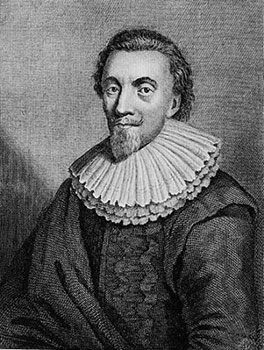
The Maryland Toleration Act was a law to protect Catholics from persecution in the new colony because many Puritans moved there.
Growing tobacco made planters in Maryland prosperous like those in Virginia.
Georgia
Georgia was set up in 1733 by trustees someone entrusted to look after a business led by James Oglethorpe.
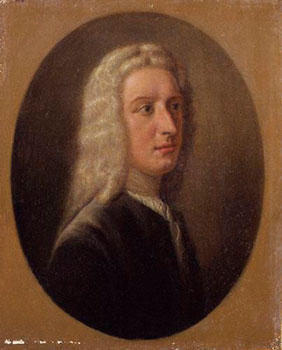
Georgia only allowed settlers who were Protestants. The settlers of Georgia lived peacefully with the Native Americans.
It was a haven for people who had been jailed in England for not paying debts. It also protected other Southern Colonies against attack from Spanish raiders from Florida.
Georgia became a royal colony in 1752 with prosperous plantations labored by enslaved Africans.
The Carolinas
The Carolinas were started by English noblemen in 1670 as a royal colony for trade and farming. They were split into North Carolina and South Carolina in 1691.

Timeline
Check out the 13 Colonies Timeline for a comprehensive look at how and when each original colony was formed.
Governing the Colonies
House of Burgesses
Origins of self-government in the colonies started as early as Jamestown and the Mayflower.
The House of Burgesses (the assembly or legislature first established in Jamestown, Virginia) was the first instance of limited self-government or representative government in America.

Mayflower Compact
The Mayflower Compact was a governing document of the colony set up by the Pilgrims who came over on the Mayflower. It was drawn up by William Bradford, governor of the colony, and it provided for "self-government", or the ability to govern themselves.
Settlers agreed to obey all of their government's laws, which reflected the Pilgrims' intentions to decide for themselves how they would be governed.
The Mayflower Compact first established the belief in self-government in North America. The idea of self-government would become one of the founding principles of the United States.

Town Meetings
A New England town meeting was an open forum or assembly where qualified voters could discuss issues. These meetings are considered one of the purest forms of democracy.

Colonial Government Structure
By the early 1700s, most colonies had a governor appointed by the king.
A colonial legislature, elected by qualified voters, served under the governor. Only male land owners were allowed to vote.
Legislatures created and passed laws and came to dominate colonial governments.
- British Crown (top)
- Royal Governor (middle): Appointed by the crown
- Council (bottom): appointed by governor and acted as highest court
- Colonial Assembly (bottom): legislature elected by eligible voters, made laws, and had the authority to tax
- Royal Governor (middle): Appointed by the crown
Diverse Economies in the Colonies
The slave trade played a major role in the colonial economic trade system. By the mid-1600s, many European nations believed they should have colonies to provide raw materials; therefore, their economies were spurred on by mercantilism.
Mercantilism is an economic system in which the government intervenes in the economy for the purpose of increasing national wealth. It encouraged colonial expansion, limiting imports, maximizing exports, and obtaining a favorable balance of trade.
Triangular trade (trade between the Americas, Europe, and Africa) impacted the economies of all the colonies.

Typical Northern and Southern Economies
In the seventeenth and eighteenth centuries, colonial populations and economies were diverse.
Slavery was legal in all of the colonies and most African Americans in the colonies were enslaved. However, the slave labor system in the Southern colonies was more prominent, as greater numbers of enslaved people were used to sustain the agricultural demands. The plantation owners with the largest lands needed the most slaves to grow more cotton or rice and turn more profits.
By contrast, in the North, the family farm was a source of commercial activity, along with mining, trade, and shipbuilding.